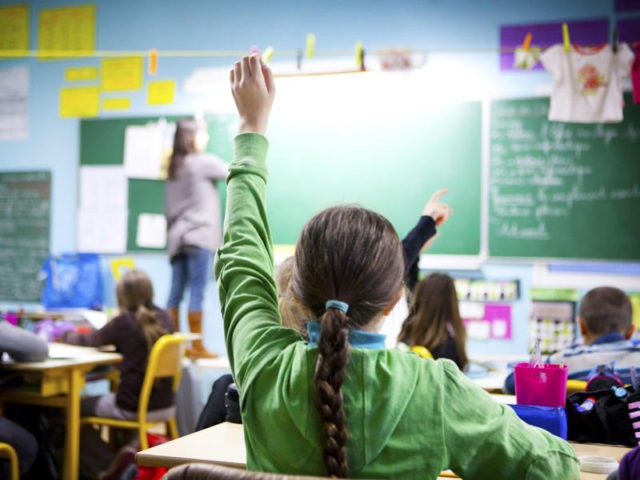The state of Washington’s school district planning guide for reopening public schools gives an example of a possible “phased-in opening” in which “students furthest from educational justice,” would be given priority to have face-to-face instruction, a category that includes “students of color.”
In its newly released planning guide, titled “Reopening Washington Schools 2020,” the state’s reopening workgroup described on page 31 a possible “phased-in” brick-and-mortar school opening along with distance learning.
The Office of Superintendent of Public Instruction (OSPI), led by Superintendent Chris Reykdal, and the workgroup, stated that, with a “phased-in” approach, they would “expect that districts will prioritize face-to-face instruction.”
This approach would be characterized by:
Some school facilities open for some groups of students, while others remain closed until a later date or certain community characteristics are met. Students who are not attending face-to-face are participating in continuous remote learning.
According to the document, examples of how OSPI and the workgroup would implement such an approach could be by grade level or “phase-in by priority,” and the “priority” could be “serve all elementary students first,” or “serve students furthest from educational justice first, including students with disabilities, English learners, students experiencing homelessness, students experiencing poverty, students of color, and other student groups.”
Wait, what? Kids are being let into public schools in the fall prioritized by *skin color*? How is that legal? https://t.co/g39pz3QuVs
— Mark Hemingway (@Heminator) July 7, 2020
In his opening statement, Reykdal noted that, in producing the document, the workgroup “was influenced by the civil unrest across the country in response to overt racial injustice and inequality.”
The superintendent continued:
We are educators. We know that despite real progress, educational systems and institutions continue to contribute to racial inequality and injustice. We know that we have a much higher responsibility than teaching content in classrooms. We know that each of us owns a piece of injustice. We have an opportunity in the reopening of our schools to take another step forward in what must be a lifetime of energy toward a more just world.
In its “Equity Statement,” the workgroup stated “educational equity … goes beyond equality.”
“[I]t requires education leaders to examine the ways current policies and practices result in disparate outcomes for our students of color, students living in poverty, students receiving special education and English Learner services, students who identify as LGBTQ+, and highly mobile student populations,” the workgroup said in the document.
In OSPI’s 2020-2021 “Commitment” section, the first “commitment” mentioned is to “support students furthest from educational justice”:
The impacts of fear, hatred, and systemic and structural racism within institutions cannot be ignored, and they yield tragic outcomes. Washington’s public education system must engage in anti-racist capacity building, leadership, and resource allocation. Dismantling systemically racist structures will make progress on inclusivity and will better serve students of color, students with disabilities, students who are English learners, students who are migratory, students experiencing homelessness, students in foster care, students experiencing intergenerational poverty, and students who identify as LGBTQ+.
The workgroup’s second “commitment” is to “prepare for health and safety in 2020-2021.”

COMMENTS
Please let us know if you're having issues with commenting.